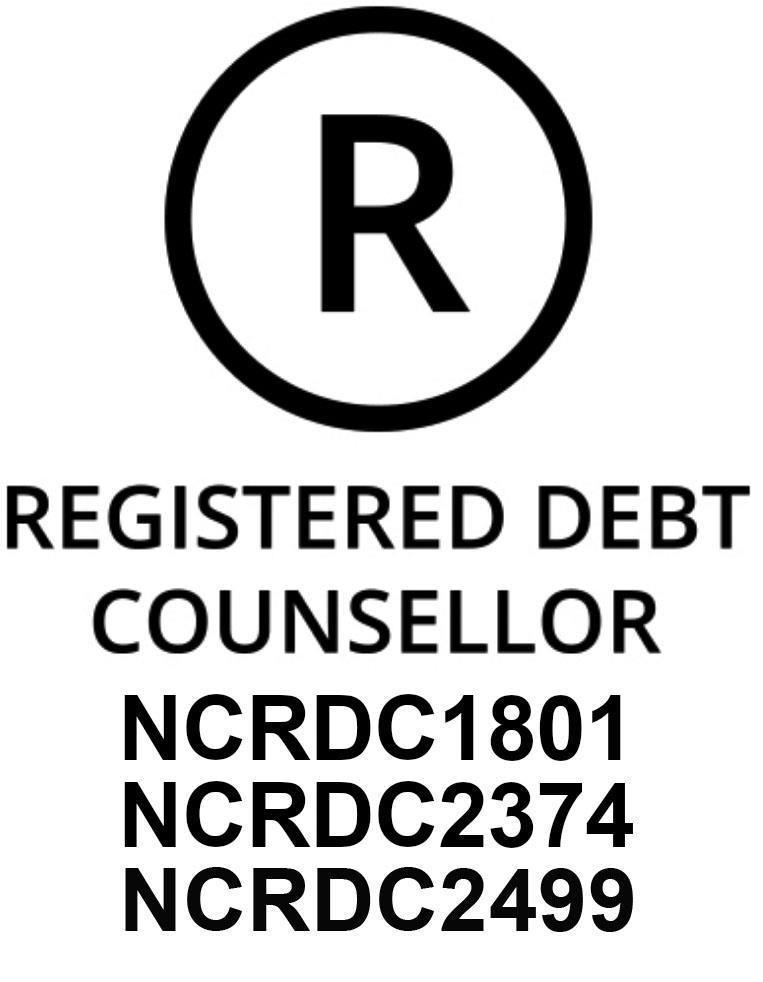Debt can quickly spiral out of control, leaving individuals and families overwhelmed. Managing debt effectively is crucial for maintaining financial health and stability.
Let’s cover the basics of managing too much debt. We'll start by understanding its impact, then we'll work on a realistic plan to regain financial control.
Understanding the impact of debt
Debt can affect us both financially and emotionally.
High-interest debt often snowballs, making it hard to save or invest. This financial pressure can lead to anxiety and depression, while debt worries can strain relationships, leading to tensions or arguments between partners or family members.
Recognising these effects can help you manage your debt wisely and maintain your wellbeing.
Assessing your current debt situation
Taking stock of your current debt situation is the first step towards effective debt management. This process involves understanding the scope of your financial obligations and devising a strategy to honour them. Here’s how you can begin!
List debts
Start by making a list of all your debts. This should include all forms of debt, such as credit cards, loans, and mortgages. Include detailed information, such as the creditor's name, outstanding balance, and any due dates. This list will serve as a foundational tool for tracking and managing your debts.
Interest rates
Next, note the interest rates associated with each debt. This information is important as it helps you understand which debts are most costly over time. High-interest debts can spiral out of control quickly, leading to higher monthly payments over longer periods. By prioritising debts with higher interest rates, you can reduce the total cost of your debt over time.
Minimum payments
Record the minimum monthly payments required for each debt. This information is essential for budgeting, allowing you to allocate funds appropriately and avoid late fees or penalties. Knowing your minimum payments also helps in developing a repayment strategy that balances short-term and long-term financial goals.
Need debt counselling or consolidation?
Explore DebtBusters' solutions for reducing your interest rates and unlocking cash.
Find out more
Prioritising your debts
Managing debt effectively requires a strategic approach to repayment. By prioritising your debts, you can allocate resources efficiently and work toward financial freedom. Here are two common methods to consider:
1. Snowball method
The snowball method involves paying off the smallest debts first, regardless of their interest rates. This approach provides quick wins, helping to build momentum and motivation. By clearing smaller debts, you can feel a sense of accomplishment, which encourages continued progress. Once the smallest debt is paid off, you can move on to the next smallest debt, gradually working your way up.
2. Avalanche method
The avalanche method prioritises debts with the highest interest rates first. This approach aims to minimise overall interest costs, allowing you to save money in the long run. By tackling high-interest debts, you can reduce the amount paid over time, making it easier to manage your remaining debts. Once highest-interest debt is paid off, you move on to the next-highest-interest debt, repeating the process until all debts are cleared.
Debt relief options with DebtBusters
If managing debt on your own becomes a challenge, consider our professional solutions.
At DebtBusters, we can help you consolidate your debt into a single monthly payment, helping you pay lower instalments and reduce interest rates. Our debt counsellors can provide valuable advice and guidance, helping you create a comprehensive debt management plan. The counsellors may assist in negotiating with creditors, establishing realistic budgets, and offering educational resources. This support can empower you to regain control of your financial situation.





